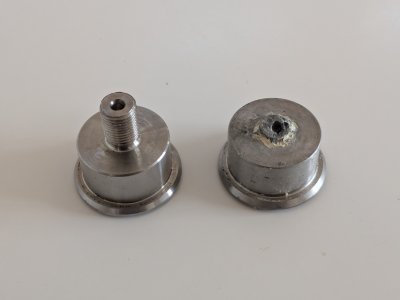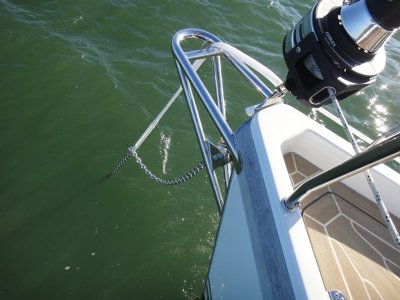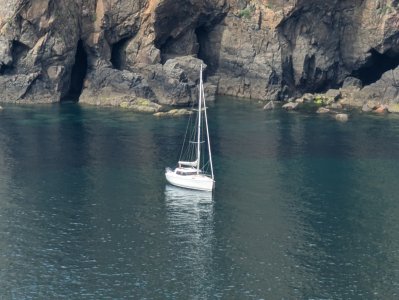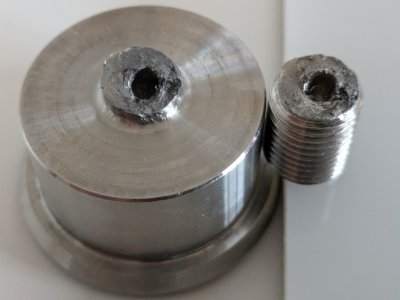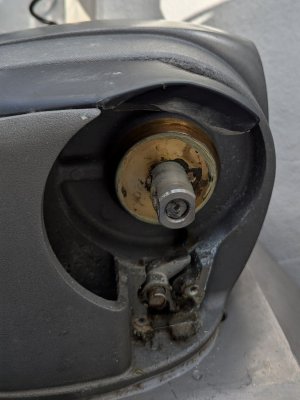migs
Active member
Recently, our electric windlass failed whilst we were anchoring; the clutch suddenly let go and the chain ran out uncontrollably. The attached photo shows the broken part compared with a new one; it's the bit where you insert a winch handle to operate the windlasses’ clutch, and it screws into the end of the gypsy’s shaft to tighten the clutch plates.
Has anyone else experienced a failure like this, and does the photo give any clue as to why the part failed?
Has anyone else experienced a failure like this, and does the photo give any clue as to why the part failed?

